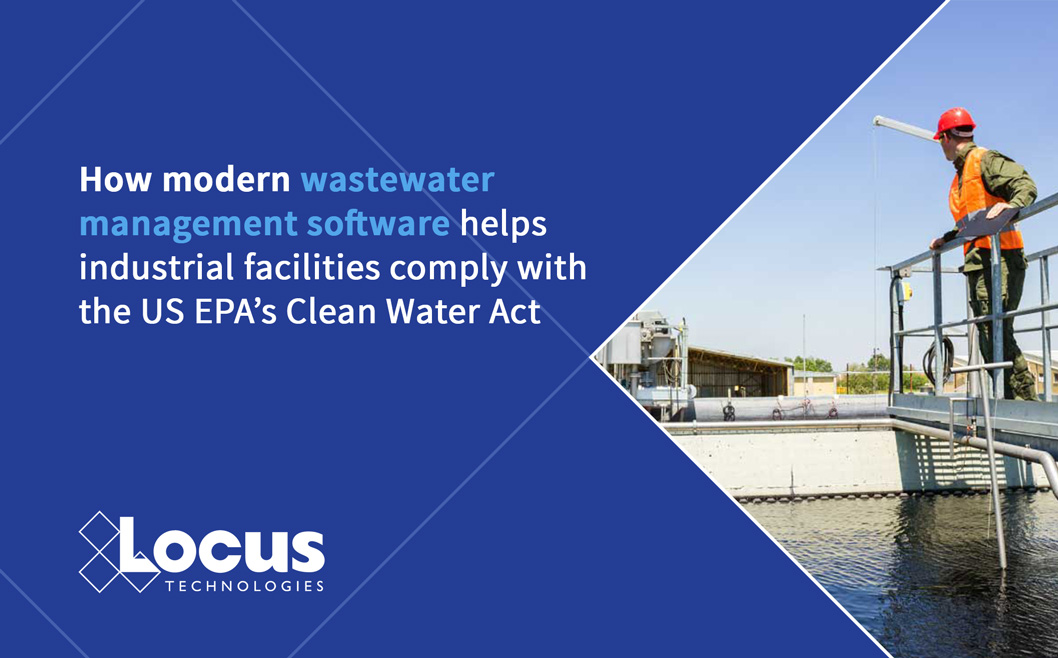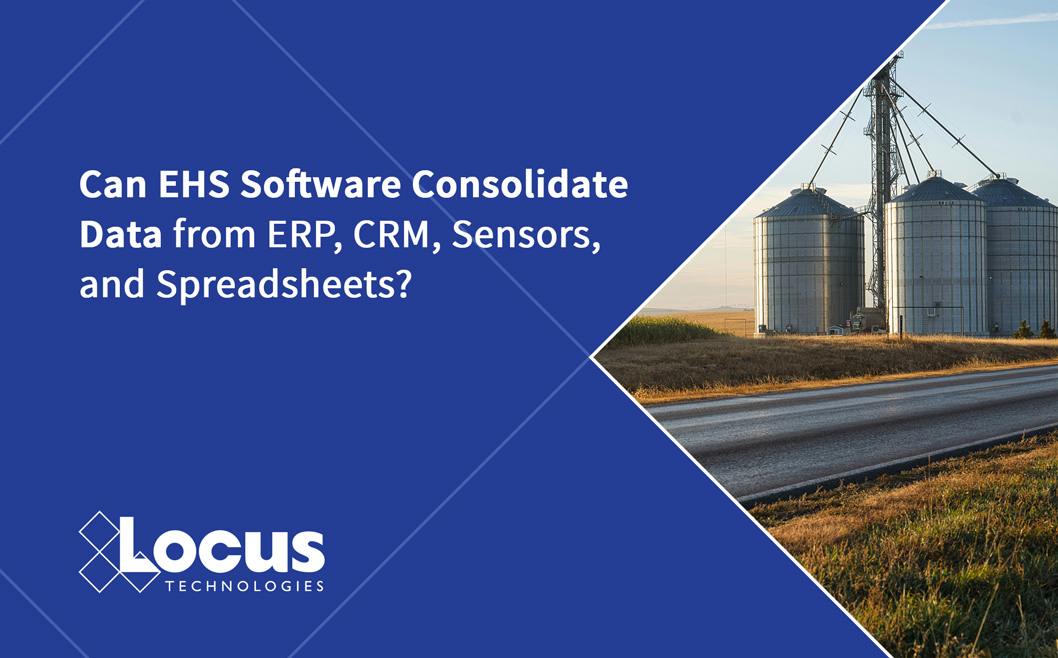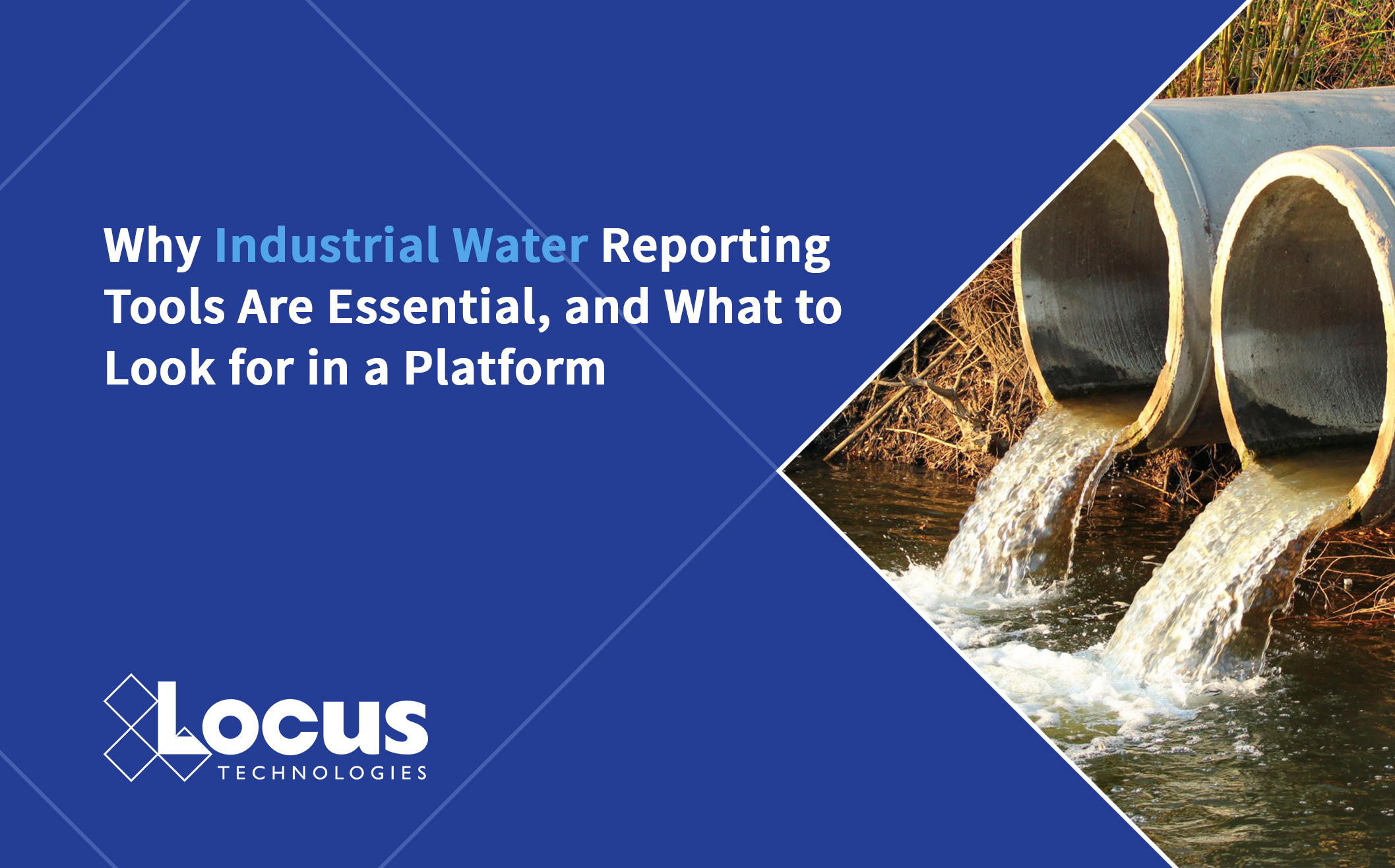
‘Tis the season for lazy days at the lake… with new beach attire, a bestselling novel loaded on the latest device, and a big bottle of sunscreen. Of course, we rarely contemplate the dyes, chemical additives, solvents, acids, UV filters, emulsifiers, and preservatives that are used in the manufacture of the products we hold dear. At the factory, these potentially harmful substances get rinsed and drained in bulk, and then they are (or should be!) interrupted before entering our cherished rivers and lakes.
Passed more than 50 years ago, the EPA’s Clean Water Act (CWA) is the primary federal law governing water pollution in the United States. The law prohibits the discharge of pollutants into navigable waters without a permit and requires regulated entities to monitor, report, and manage their wastewater discharges according to strict standards. For industrial companies and manufacturers, especially in sectors like chemicals, food processing, pharmaceuticals, and metal finishing, compliance with the CWA is both a legal obligation and an operational challenge.
According to the EPA, over 45,000 industrial facilities are subject to wastewater discharge permits under the National Pollutant Discharge Elimination System (NPDES), highlighting the scale of compliance responsibilities across industry.
That’s why Locus wastewater management software has become an essential tool in helping facilities stay compliant, reduce risk, and operate more efficiently.
Common pain points and compliance risks
Apart from the volume of data to be collected and analyzed, think of how water quality parameters can fluctuate with changes to production processes. It’s a moving target. Or consider the amount of equipment and stakeholders involved in the data and workflows, and how regulatory requirements can vary by permit, state, sector, emerging pollutants, and more. It’s a lot to handle.
Despite their best efforts, compliance professionals report several recurring issues that may lead to non-compliance:
- Missed reporting deadlines: Manual calendars and disjointed workflows often result in late or incomplete Discharge Monitoring Reports (DMRs), which can trigger enforcement actions and Notices of Violation.
- Gaps in industrial pretreatment oversight: Many facilities struggle to track sampling schedules, industrial user permits, and categorical standards, particularly when managing multiple contributors or variable discharges.
- Stormwater monitoring failures: Facilities covered under the Multi-Sector General Permit (MSGP) frequently miss inspections, fail to update Stormwater Pollution Prevention Plans (SWPPPs), or lack documentation for Best Management Practices (BMPs).
- Unreported or delayed spill incidents: Chemical spills, overflows, or treatment bypasses often go unlogged or unreported due to lack of automated incident management tools or unclear communication protocols. Integrated incident management software enables teams to log spills in real time, attach photos, tag root causes, and automatically generate required notifications.
- Siloed data systems: Lab data, SCADA outputs, and compliance records are often managed in separate systems or spreadsheets, leading to inconsistencies, slow incident response and alerts, and the loss of institutional knowledge. Locus wastewater management software centralizes all data to ensure everyone is working from the same source of truth.
Here are a few examples of Locus wastewater management software at work.
Real-time monitoring and process control improve wastewater management
One of the biggest compliance challenges for industrial dischargers is ensuring their effluent consistently meets permit conditions. This often includes limits on things like pH level, temperature, heavy metals, organic compounds, fats, greases and oils (FOG), and total suspended solids (TSS). Modern wastewater management software like Locus integrates with on-site, internet-connected monitoring equipment and SCADA systems to collect real-time data across treatment processes.
Locus wastewater management software issues automated alerts when values approach or exceed permitted thresholds, enabling corrective actions to be taken before a violation occurs. This proactive approach not only protects the environment but also reduces the likelihood of fines, litigation, or reputation damage to the manufacturer.
Streamlined regulatory reporting for wastewater compliance
Under the CWA, permitted facilities must submit regular DMRs and other performance data. For manufacturers with complex processes, compiling these reports manually is time-consuming and prone to errors. Modern products like Locus wastewater management software automates this process by:
- Aggregating data from lab tests (EDD loads), sensors, and production systems.
- Validating and formatting data according to permit requirements.
- Generating EPA- or state-compliant reports (e.g., NetDMR-ready).
Facilities can also maintain historical records for audits, internal review, and risk analysis in our cloud-based SaaS.
Built-in tools to manage tasks, workflow, audits and inspections
Effective wastewater compliance requires coordinated actions across sampling, monitoring, reporting, incidents, and maintenance. Locus task and workflow management tools assign responsibilities, track deadlines, standardize procedures, schedule audits and inspections, and provide a log of everything. By automating task reminders and approvals, facilities can reduce errors, avoid missed obligations, and ensure the timely completion of all CWA compliance activities.
Predictive analytics and data visualization yield deeper insights
Locus provides sophisticated data visualization software and GIS+ as well as integrations with third-party business intelligence and geographical information system products. Data visualization enhances wastewater management by turning complex data into clear, actionable insights. Interactive dashboards and trend graphs help teams quickly spot anomalies, track performance, and communicate compliance status across departments, which reduces response times and improves decision-making under the CWA’s monitoring and reporting requirements. GIS provides spatial visualization to identify patterns, potential environmental impacts, and areas warranting corrective actions. For example, a facility’s discharge points could be marked along a map of a river or watershed with color-coded and variable-sized markers indicating the characteristics and chemical composition of effluent.
Maximize productivity in the field
Mobile-enabled wastewater software like Locus allows field staff to collect data, perform inspections, and respond to incidents in real time. This increases accuracy, reduces delays, and ensures compliance actions are documented, even when team members are away from the main facility. And when fieldwork reveals items requiring repair (e.g. a faulty valve, high filter pressure), the integrated work order app manages the services necessary to resolve the problem.
Asset management and operational efficiency for facilities
CWA compliance often depends not only on water chemistry but also on infrastructure reliability. According to the Water Environment Federation, predictive maintenance driven by real-time operational data can reduce unplanned downtime by up to 40%. Software platforms like Locus include asset tracking, maintenance scheduling tools, and work orders that help prevent equipment failures that could result in unpermitted discharges.
For industrial facilities navigating the complexities of Clean Water Act compliance, Locus wastewater management software offers a powerful combination of monitoring, reporting, and operational intelligence. By addressing persistent pain points, such as reporting delays, spill tracking, pretreatment oversight, and stormwater inspections, this software helps companies avoid violations, enhance performance, and demonstrate environmental stewardship. As regulations evolve and digital demands increase, smart wastewater software is no longer optional; it’s a compliance imperative.
Frequently Asked Questions
What is the Clean Water Act?
The EPA’s Clean Water Act (CWA) is the primary federal law governing water pollution in the United States. The law prohibits the discharge of pollutants into navigable waters without a permit and requires regulated entities to monitor, report, and manage their wastewater discharges according to strict standards.
What is “wastewater”?
In the most basic terms, wastewater at an industrial or manufacturing facility is the used water that comes from the facility’s processes—like cleaning, cooling, manufacturing, or washing—that contains contaminants such as chemicals, dirt, oils, or solids. It’s water that is no longer clean and needs to be treated or managed before it’s released back into the environment or sent to a sewer system.
What is “effluent”?
Effluent is treated or untreated wastewater that flows out of an industrial facility, treatment plant, or other source into the environment, such as rivers, lakes, or sewer systems.
What is “wastewater management software”?
Wastewater management software is a digital tool that helps facilities monitor, treat, report, and manage wastewater operations, ensuring regulatory compliance, operational efficiency, and environmental protection through automation, analytics, and data integration.
Locus is the only self-funded water, air, soil, biological, energy, and waste EHS software company that is still owned and managed by its founder. The brightest minds in environmental science, embodied carbon, CO2 emissions, refrigerants, and PFAS hang their hats at Locus, and they’ve helped us to become a market leader in EHS software. Every client-facing employee at Locus has an advanced degree in science or professional EHS experience, and they incubate new ideas every day – such as how machine learning, AI, blockchain, and the Internet of Things will up the ante for EHS software, ESG, and sustainability.



